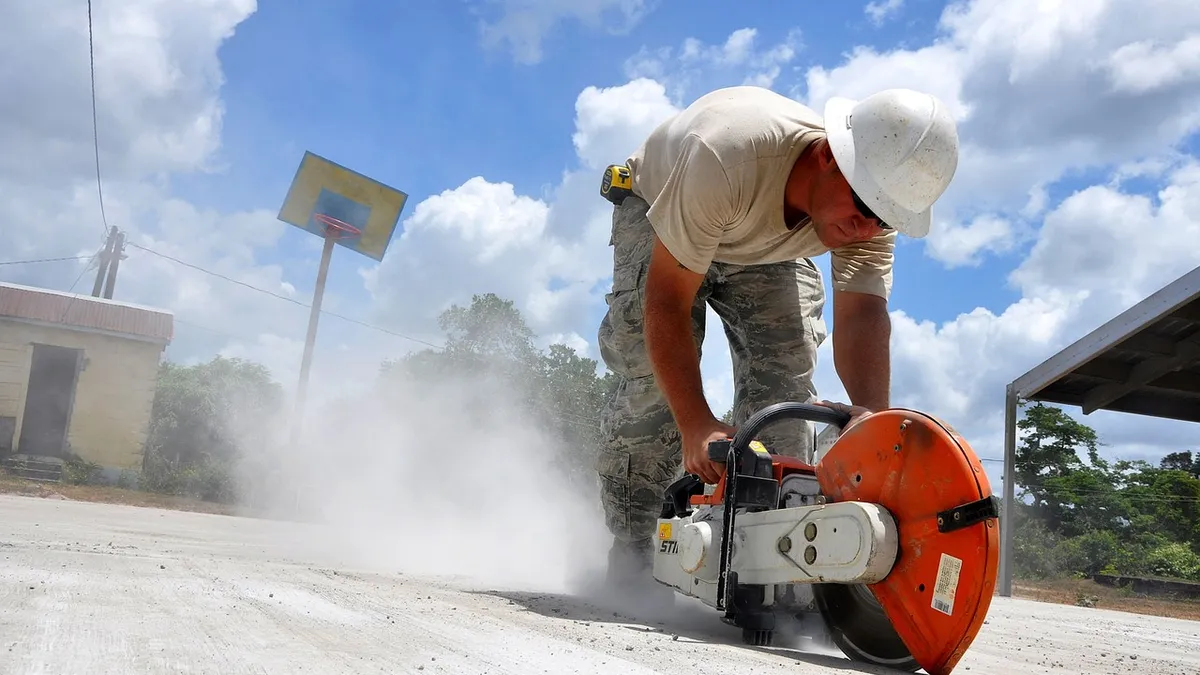Dive Brief:
- In an effort to help contractors comply with its new Respirable Crystalline Silica Standard for Construction, OSHA has released instructional videos and other free educational materials about the topic.
- Some of the aids provided by the agency, Safety + Health reported, are a customizable slideshow presentation to help employers train construction workers; a short YouTube video about how to protect employees from silica dust; a video series on dust control methods for common construction tasks; and a website with answers to frequently asked questions.
- The rule went into effect for the construction industry on Sept. 23, 2017, but OSHA delayed full enforcement by a month to Oct. 23, 2017, giving employers more time to comply and the agency more time to develop detailed enforcement guidelines. The deadline for laboratory evaluation of exposure samples started on June 23, 2018.
Dive Insight:
OSHA reported in May that the most frequently issued citation for violations of the silica rule was the failure on the part of contractors to measure silica dust levels, followed by adherence to recommended alternate air monitoring methods. If it is possible that a contractor's work could generate silica dust, the inhalation of which can lead to the deadly lung disease silicosis, lung cancer, kidney disease and chronic obstructive pulmonary disease, there are some basic rules to follow.
First, employers must establish and roll out a written plan that has provisions for exposure control and other safety measures and policies for those working around silica dust. Contractors must also choose a competent person to run the program, use alternatives to housekeeping practices that expose workers to silica, offer medical exams to certain employees, maintain adequate records of compliance, and train workers about how they could become exposed to silica dust and how they can limit the danger to themselves.
OSHA also offers a free Small Entity Compliance Guide to help businesses ensure they meet the requirements of the silica standard.
Contractors and some of the trade associations that represent them are often concerned about the cost of compliance with the many standards OSHA currently enforces and sometimes balk at new rules that could put an even bigger dent in their safety budgets. Just as with the silica standard, however, OSHA offers construction industry employers many free resources and information on how to keep employees safe and even offers a no-cost, confidential on-site consultation service for small- and medium-sized businesses. If OSHA discovers hazardous conditions during one of these consultations, employers could be cited. By using the service, employers can also earn a one-year exemption from routine OSHA inspections.












